The Ningaloo Reef holds deep cultural, spiritual, and historical significance for the Indigenous peoples of the region, particularly the Baiyungu, Thalanyji, and Yinigurdira people, who have lived on and cared for the land and sea country for tens of thousands of years.
We begin by recognising and acknowledging the traditional owners of this country and water around us and pay our respects to the Elders, past and present, for they hold the memories, the traditions and the culture of this land we meet on.
The Nyinggulu (Ningaloo) Coast is culturally significant to Aboriginal people, who have an ongoing connection to the area spanning between 30,000 to 60,000 years before present. The word “Nyinggulu” was recorded in the 1800’s and means deep water. Other suggested meanings include promontory.
Some of the key aspects of its cultural importance
Connection to Country
- Sacred Sites: The Ningaloo Coast is dotted with culturally significant sites, including waterholes, caves, and reefs that hold spiritual importance. These places are often tied to Dreamtime stories, which explain the creation and interconnectedness of land, sea, and life.
- Sea Country: The reef is part of the Indigenous concept of “Sea Country,” which integrates the ocean and its ecosystems into a broader cultural landscape, viewed as a living entity with its own rights and responsibilities.
Dreamtime Stories
- Creation Narratives: Dreamtime stories often reference marine animals, coastal formations, and ocean currents, linking the reef to the cultural identity and spirituality of the local Aboriginal groups.
- Totemic Species: Many marine species found in the reef, such as turtles, dugongs, and fish, are totems for Indigenous clans, symbolizing their ancestry and connection to the environment.
Sustenance and Knowledge
- Traditional Ecological Knowledge (TEK): The Indigenous peoples of Ningaloo have an extensive understanding of the reef’s ecosystems, gained through millennia of observation and interaction. This knowledge informs sustainable practices and has been passed down through oral traditions.
- Sustainable Harvesting: Historically, the reef provided an abundance of resources, including fish, shellfish, and sea turtles, which were sustainably harvested in alignment with cultural laws.
Stewardship and Custodianship
- Care for Country: Indigenous peoples consider themselves custodians of the reef, with a responsibility to maintain its health and pass it on to future generations. Traditional practices, such as seasonal fishing and the use of fire to manage land adjacent to the reef, reflect this stewardship.
- Collaboration in Conservation: Modern-day partnerships between Indigenous groups, scientists, and conservation agencies aim to integrate traditional knowledge with contemporary management strategies, ensuring the reef’s protection.
Education and Cultural Revival
- Cultural Education: The Ningaloo Coast provides a platform for teaching younger generations about their heritage, including stories, songs, and practices tied to the reef.
- Revitalization Efforts: Efforts to protect the reef often include cultural revival programs that reconnect Indigenous communities with their ancestral practices and sacred sites.
The Ningaloo Reef is not just a biological treasure; it is a living cultural landscape integral to the identity and spirituality of the Baiyungu, Thalanyji, and Yinigurdira people. Its protection is vital not only for biodiversity but also for the preservation of millennia-old cultural heritage.
Materials found in rock shelters, shell middens and caves on the Cape Range peninsula indicate that Aboriginal people lived on the Ningaloo coast for over 30 000 years, with some archaeologists suggesting this may in fact be closer to 60,000 years. These sites provide the earliest evidence for human decorative ornaments in Australia.
Aboriginal people left the Cape Range peninsula either before or shortly after European settlement, with the introduction of diseases by whalers and pearlers operating out of Exmouth Gulf and other aspects associated with colonisation. Over recent years some of the traditional people have returned to the area. The Baiyungu Aboriginal Corporation purchased and is managing Cardabia Station, near Coral Bay.
Hazel Walgar, a traditional owner has recently launched her Baiyungu Dreaming tag-along 4wd & sunset tours on Cardabia land in mid-2022, offering cultural experiences to visitors in the first Aboriginal owner-operator venture at Ningaloo.
The Nyinggulu Joint Management Team (of Traditional Owners and Parks & Wildlife Service in WA) has produced ‘Thanardinyungujarri – The Seasons of Nyinggulu’.
Links to further reading on local Indigenous culture:
National Indigenous Television
Parks & Wildlife Service
Ningaloo World Heritage Area Visitor Guide, including information about Nyinggulu Joint Management
Gwoonwardu Mia
Gwoonwardu Mia Gascoyne Aboriginal Heritage and Cultural Centre, is a multipurpose centre that celebrates the culture and country of the five Aboriginal language groups of the Gascoyne Region. Based in Carnarvon, the centre has worked with people from each of the local language groups to celebrate and share their stories and culture.
Nyinggulu Archaeology Project
ABC News: Ningaloo research to tell 60,000-year-old story as new technology uncovers deeper past

